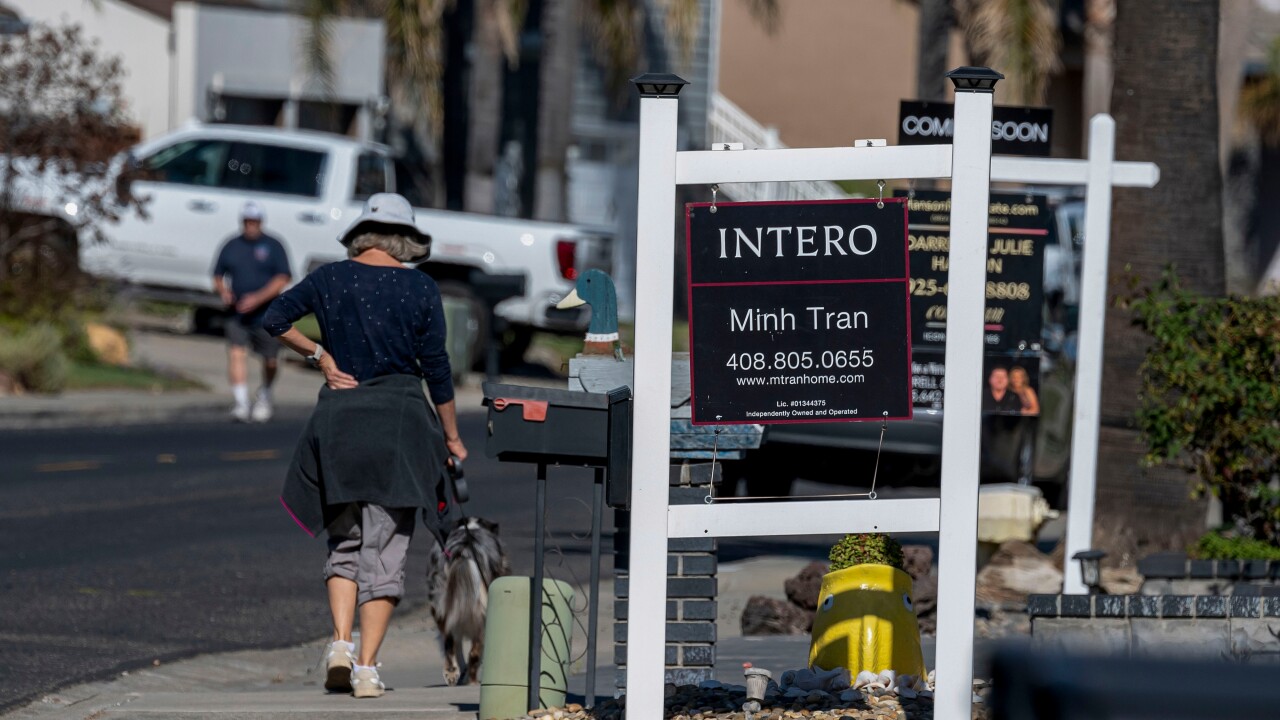Office real estate investments trusts are trading at their lowest level since 2009 as the trend toward remote work leaves desks empty and economic pressures tighten corporate budgets.
The S&P Composite 1500 Office REITs index is down 27% in 2023, plunging to its worst reading since July 22, 2009. Office landlords
"There's two ways to lose money: You can own a boat, or you can own an office building," Piper Sandler analyst Alexander Goldfarb said. "At least with the boat you can take your friends out on a sunset cruise."
While the stress on the office sector may not be new, the shift to working from home has exacerbated the problem. However, much of the damage could already be priced into the stocks after this latest selloff, analysts said.
In addition, fears about commercial real estate have added to the woes of
However, those worries may be overblown.
"There's probably going to be some heartburn in the bank space and probably some charge-offs," said Ben Gerlinger, an analyst at Hovde Group. "But I think a lot of smaller and community regional banks are well-positioned."
Quality Counts
What's more, the outlook for office landlords could improve as companies encourage workers to return to their desks and restrict remote work policies.
"We're starting to see some of that reversal," RBC Capital Markets analyst Michael Carroll said. "You're seeing the first steps of people starting to reutilize their office spaces when they weren't just a few years ago."
The age and quality of each building will be a key differentiator in which offices succeed over the long term and which don't. Newer office buildings with modern amenities will likely benefit the most as companies seek out spaces that will entice workers back into the office.
And of course, the financial makeup of each office landlord is key. Industrial and senior housing landlords could prove to be potential bright spots due to their healthy fundamentals and strong cash flow generation, according to Carroll.
Similarly, Piper Sandler's Goldfarb recently upgraded Douglas Emmett Inc. to overweight because of its small tenant focus and lower cost of leasing. On the opposite end of the spectrum, he slapped an underweight rating on New York-based Vornado Realty Trust due to its struggling balance sheet and development exposure around Manhattan's Penn Station expansion project.
So identifying winners and losers among office REITs remains a stock-picker's game. But in the end, the damage may not turn out to be as bad as investors' angst.
"There are a lot headwinds out there," Goldfarb said. "But when you really look into it, the fear is much bigger than reality."





